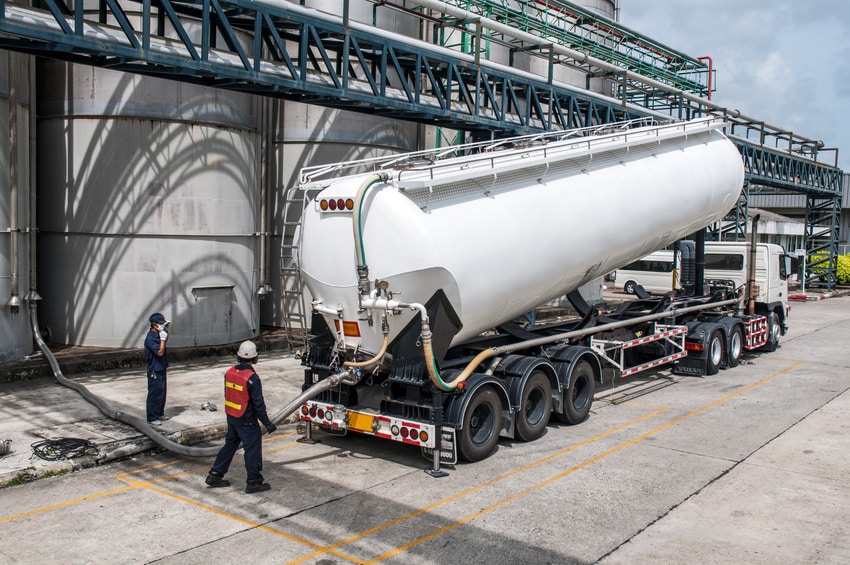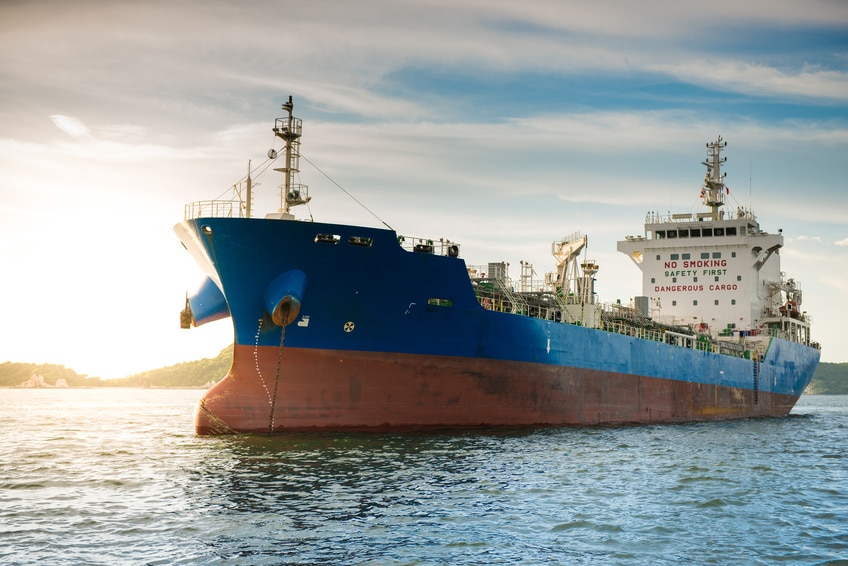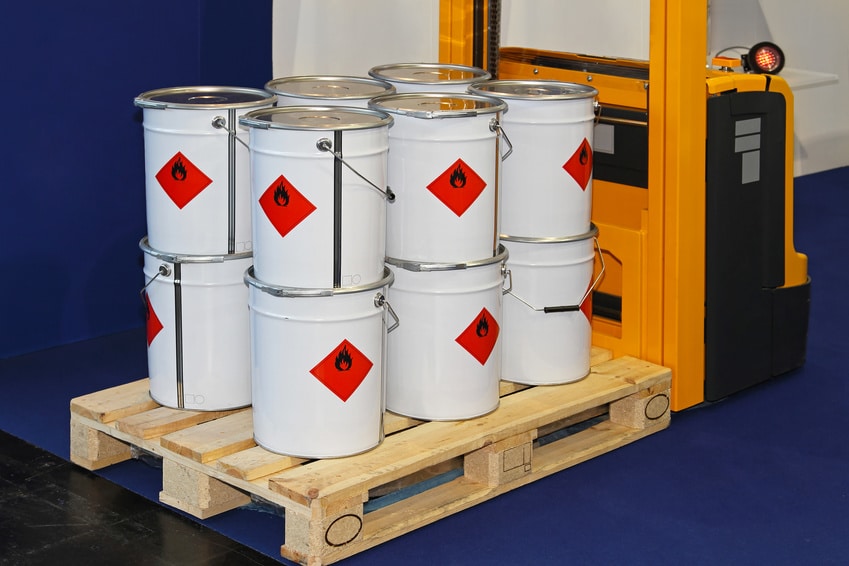It’s one thing to ensure your lab is operating safely, but the regulations and processes surrounding the transportation of hazardous materials are especially stringent. Whichever method these materials are being transported by, their packing and transportation must adhere to international regulations.
Safety is of the utmost importance in this process. In this guide, we’ll talk you through the differing material classifications, the regulations surrounding materials and modes of transport, as well as any necessary training required for transporting chemicals.
Quick Navigation
- Types of materials and classifications
- Regulations covering different materials and types of transport
- Required training for transporting chemicals
- Minimising risks during transportation
Types of materials and classifications
When processing, packaging or transporting dangerous goods, you will need to be able to classify them correctly so everyone involved in the process of transportation is aware of the potential hazards.
Based on their main hazards, goods are assigned to different numbered classes, as decreed by the UN and are as follows:
|
UN Class |
Dangerous Goods |
Classification |
|
1 |
Explosives |
Explosive |
|
2 |
Gases |
Flammable gas; non-flammable, non-toxic gas |
|
3 |
Flammable liquids |
Flammable liquid |
|
4 |
Flammable solids |
Flammable solid; spontaneously combustible substance; substance which emits flammable gas in contact with water. |
|
5 |
Oxidisers and organic peroxides |
Oxidising substance; organic peroxide |
|
6 |
Toxic and infectious substances |
Toxic substance; infectious substance |
|
7 |
Radioactive materials |
Radioactive material |
|
8 |
Corrosive substances |
Corrosive substance |
|
9 |
Miscellaneous dangerous substances |
Miscellaneous dangerous substances |
Regulations covering different materials and types of transport
Whether you’re transporting materials in the UK or throughout the European Union, your legal obligations are broadly similar and must adhere to the respective regulations governing transport by road, rail, inland waterway, sea and air.
By road: If you’re transporting by road, you must adhere to the International Carriage of Dangerous Goods by Road Regulations, while domestic transportation must stick to the Carriage of Dangerous Goods and Use of Transportable Pressure Equipment Regulations.
By rail: Governed by Appendix C of the Convention Covering International Carriage by Rail, train transport must adhere to the regulations covered within.
By sea: When transporting by sea, you must adhere to guidance provided by the International Maritime Dangerous Goods code, which is used by operators transporting dangerous goods that need to travel across seas.
By air: The International Civil Aviation Organisation’s Technical Instructions are an internationally-agreed set of provisions that dictate the requirements for transporting dangerous goods by air.
Anyone involved in the transportation of materials by air must be properly trained as per this method of transport’s mandatory requirements, which we’ll talk about below. The Civil Aviation Authority website has a selection of articles and information about the transportation of dangerous goods by air, including links to transport-by-air training.
Required training for transporting chemicals
If your business is frequently involved with the handling, processing or transporting of dangerous goods then you must appoint a Dangerous Goods Safety Adviser as per the Health and Safety at Work Act 1974. A DGSA is not required if you transport smaller quantities of dangerous goods than specified in the legislation, or your business is only occasionally involved in the transportation of dangerous materials.
The DGSA is required to monitor your business’ compliance with the rules that govern transportation, provide advice on said transportation and prepare annual reports on the business’ activities in material transportation. They are also responsible for monitoring safety measures, investigating accidents and advising on the potential security aspects of transport.
It is mandatory for DGSAs to obtain a vocational training certificate upon completing the correct training, which involves passing a written examination. The training courses for DGSAs are run by independent providers and the trade associations for each mode of transport, and vary in length from two to five days, depending on the mode of transport covered.
Minimising risks during transportation
Whichever mode of transportation is being used, there are a number of risks that could occur in transit, including damage, theft, chemical burns, fire, explosions, as well as many more. Consider the following before you make your journey:
- Make sure large or heavy loads are protected properly and in the appropriate manner
- Very important: ensure weight is evenly distributed.
- You may need goods-in-transit or marine insurance to protect goods being transported, which may be paid for by the buyer or seller of goods.
- Put suitable warning signs on vehicles to indicate wide, long or hazardous loads.
- Take the appropriate security measures. For example, high-value goods should be tracked using a vehicle-tracking system.
For more articles about dangerous equipment and lab safety, head over to our blog here. Alternatively, for more information about our bespoke fitted labs, visit our homepage.







